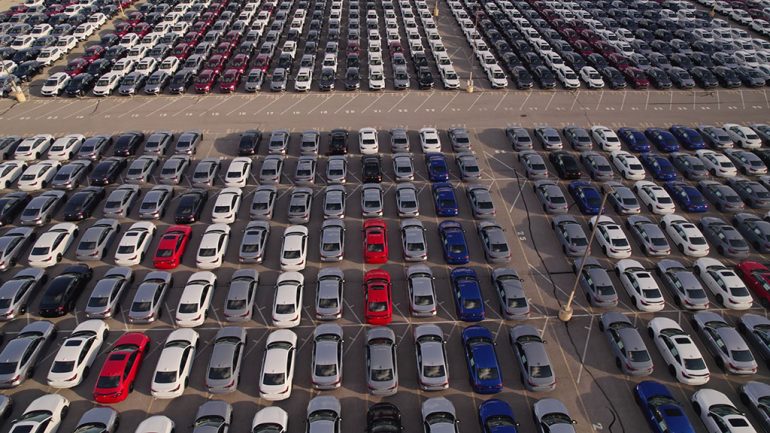
The seemingly excessive number of electric vehicles (EVs) on dealership lots isn’t indicative of dwindling demand; instead, it’s a result of the EV market’s rapid growth causing temporary imbalances, as explained by industry experts. While over 91,000 EVs currently sit unsold, this oversupply is a complex phenomenon. EVs represent around 8.6% of retail sales and 6.7% of available inventory, boosted by federal incentives.
The disparity in EV supply is due to their accelerating sales compared to inventory growth. This shift underscores the expanding EV market’s challenges. The Biden administration’s push for 50% EV new-vehicle sales by 2030, coupled with automaker investments, signals an inevitable shift, but supply and demand may not always align immediately.
Also, don’t forget that you can get discounted new car pricing with a free quote through qualified local dealer partners.
Differences in supply figures among EV models, production hiccups, and regional variations further complicate the landscape. The initial surge of enthusiastic early adopters has transitioned to engaging mainstream consumers, with varying levels of success across states.
In places like California, EV-friendly environments foster curiosity among consumers, prompting investments in specialized showrooms and charging networks. However, adoption rates differ nationwide, and industry players are bracing for the day when EVs become the norm.
Fundamentally, the stockpile of EVs on dealer lots signifies market evolution, not reduced demand. The journey toward mainstream EV adoption is underway, with challenges and successes painting a picture of an industry in flux.
Source: AutoNews (subscription required)